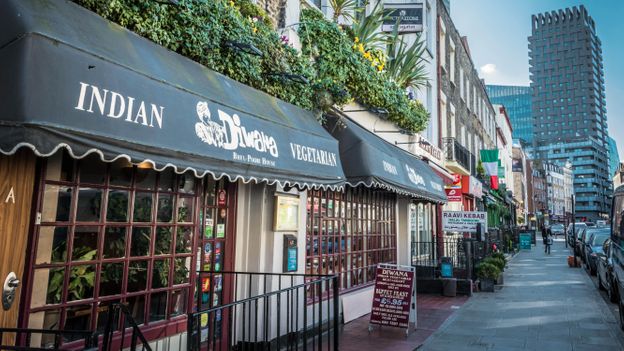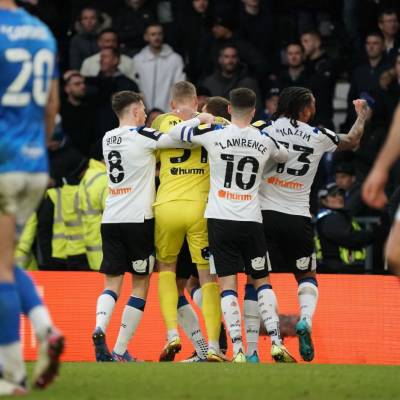You could easily miss Drummond Street. West of Euston Station in central London, it’s a modest stretch of townhouses, basement apartments, restaurants and shops that you can easily walk to in a few minutes.
But take a closer look, and almost every restaurant and business is South Asian. Menus include South Indian masala dosa (spiced pancakes), Mumbai-style street food, and Lahori lamb kebabs; Shop windows display South Asian sweets and savory snacks; and there are enough spices, legumes, cucumbers, pastes and flours to host an Indian wedding.
Growing up in London in the 1980s, my family came here to find out what else the suburbs had to offer. Today, more than 30 years later, you are at Diwana Bhel Poori House, possibly the UK’s oldest South Indian vegetarian restaurant and a favorite on Drummond Street since 1971. The food is still delicious – the chef for 30 years owned it a decade ago and also runs Chutney’s Restaurant, also on Drummond Street.
South Asians have lived in London since the mid-17th century when ships of the colonial East India Company docked in the capital. Most, however, came in the middle of the 20th century; many from India, Pakistan and Bangladesh after the partition to help rebuild post-war Britain, work in the National Health Service or as students of the diaspora. In the 1960s and 70s, East African Asians, mainly Punjabi or Gujarati, like my family, either went into exile or left the former British colonies of Kenya and Uganda. In a time of upheaval, change, and the occasional racism, Drummond Street was a literal taste of home to London’s vibrant South Asian community thanks to a small but growing presence of family-run cafes and shops.
But despite decades of trading, Drummond Street flies under the radar. This little street between Regents Park and the British Library is closer to a train station than a major attraction and is dwarfed by its more famous counterpart, Brick Lane, off Liverpool Street to the east of the city. Far more Bangladeshi restaurants flourished there from the 1980s onwards, and the better-known “Banglatown” is a reference to its long-standing residents. But while Brick Lane became fashionable as clubs, shops and bars, including those at the ever-growing Truman Brewery, drew Londoners and tourists alike, Drummond Street, despite its central location, has remained more or less what it was – which is why so many people come back to it.




